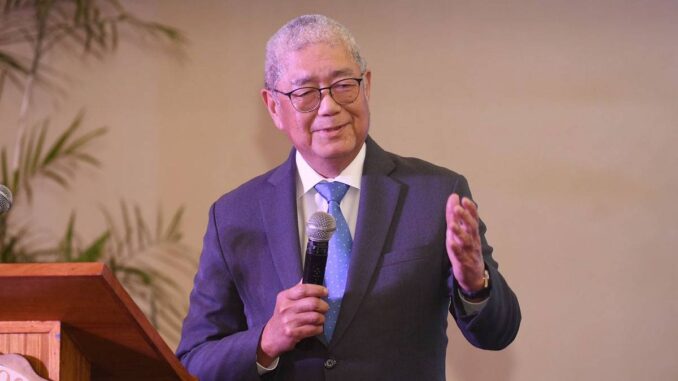
LOWER inflation rates could prompt monetary authorities to continue lowering the Bangko Sentral ng Pilipinas’ (BSP) policy rate over the next two years.
The central bank’s policymaking Monetary Board began easing last month, ordering a 25-bps cut that brought the target reverse repurchase rate to 6.25 percent, and preliminary results from a BSP survey of external forecasters showed that most expect another 25-bps reduction before the year ends.
A further 50 to 250 bps is expected in 2025 and up to an additional 100 bps by the end of 2026, potentially bringing the policy rate to as low as 2.5 percent — the rate in June 2022 just after the start of a tightening cycle that was paused in October 2023.
BSP Governor Eli Remolona Jr. has said that a 25-bps cut can still be implemented this year but also emphasized that the key focus was actually on 2025 given the lag in the impact of monetary policy.
The central bank survey suggested a higher chance that inflation would remain well within the 2.0- to 4.0-percent target range, making significant rate cuts more likely.
Eighteen of 23 respondents believed that there was an 86.4 percent chance of inflation staying within target, slightly down from 87.2 percent previously. The chance of inflation exceeding the target, meanwhile, was estimated at 12.5 percent.
For 2025 and 2026, the likelihood of inflation staying within the target range decreased to 80.6 percent and 82.7 percent from 84.3 percent and 86.8 percent, respectively.
Analysts now expect inflation to drop to 3.5 percent this year, lower from the previous projection of 3.7 percent. For 2025 and 2026, they saw the rate hitting 3.1 percent and 3.2 percent, respectively, closer to the midpoint of the target range.
Downside risks to the inflation outlook were primarily attributed to lower rice prices, due to Executive Order 62 that slashed tariffs on imports of the staple to 15 percent from 35 percent.
“Analysts also anticipate downward inflationary pressures from a stronger peso against the US dollar, as well as favorable base effects,” the central bank said.
“Meanwhile, the main upside risk is expected to arise from second-round effects, such as higher electricity costs brought about by a potential uptick in oil prices amid geopolitical conflicts,” it added.
During last month’s policy meeting, the Monetary Board adjusted its risk-adjusted inflation forecasts for 2024 and 2025 to 3.3 percent and 2.9 percent, respectively, from 3.1 percent in June, while that for 2026 was set at 3.3 percent.
“This outlook is supported by well-anchored inflation expectations over the policy horizon,” it said, adding that the balance of risks to the outlook “continues to lean toward the downside for 2024 and 2025 with a modest tilt to the upside for 2026.”
“With inflation on a target-consistent path, the current macroeconomic outlook supports a calibrated shift to a less restrictive monetary policy stance. Nonetheless, monetary authorities remain mindful of lingering upside risks to prices.”


Be the first to comment